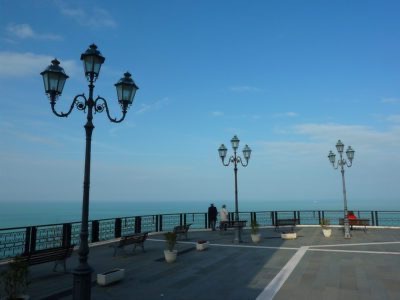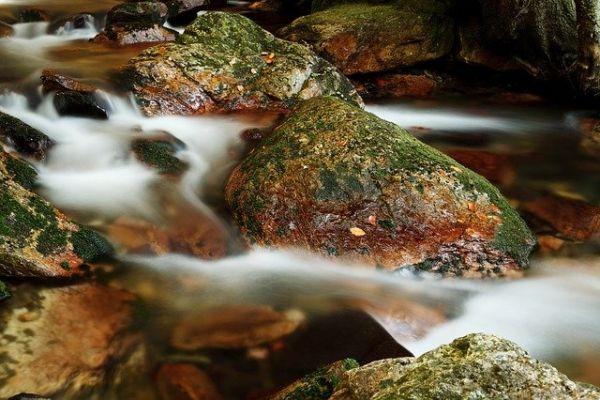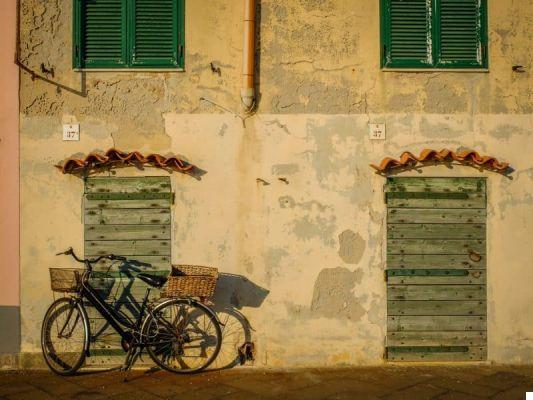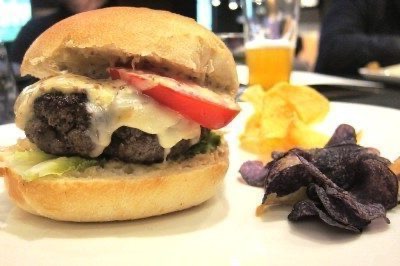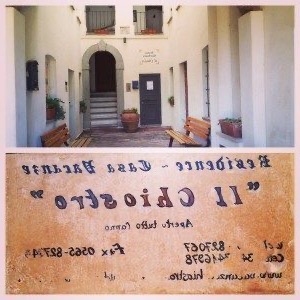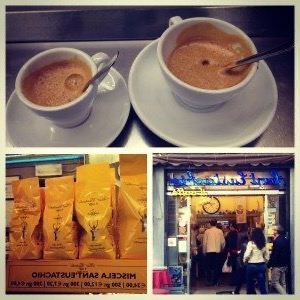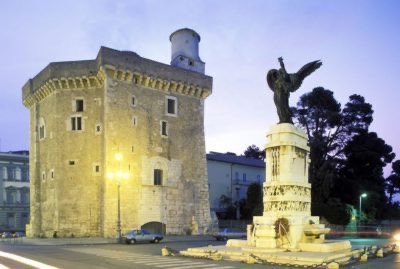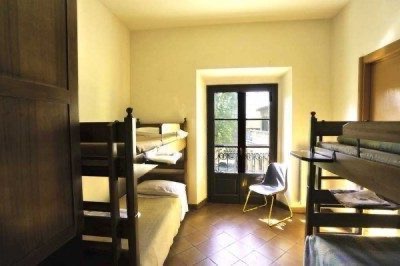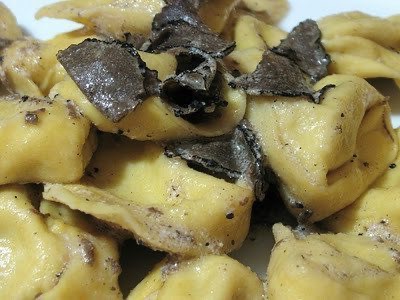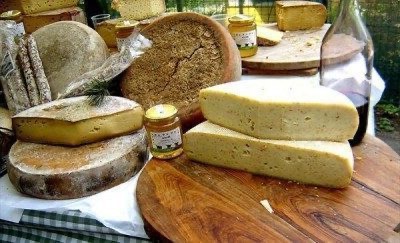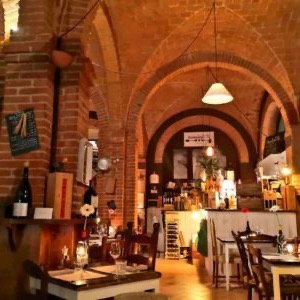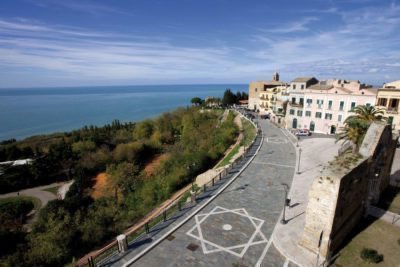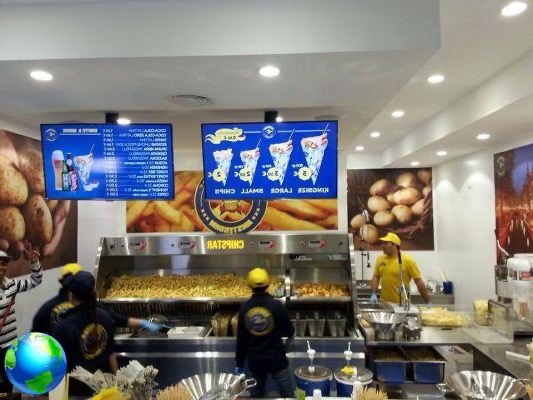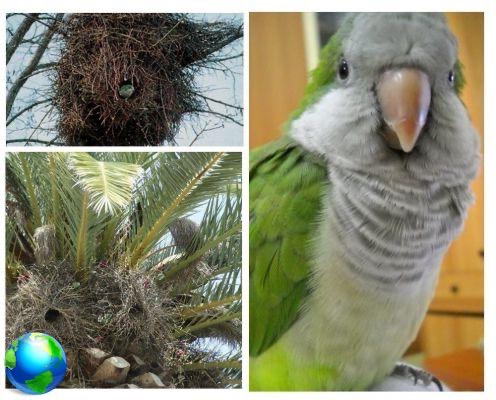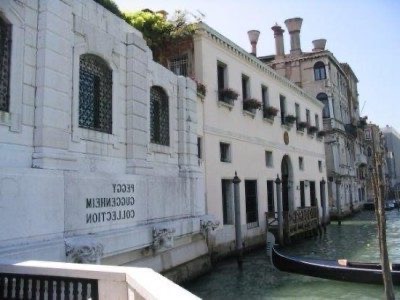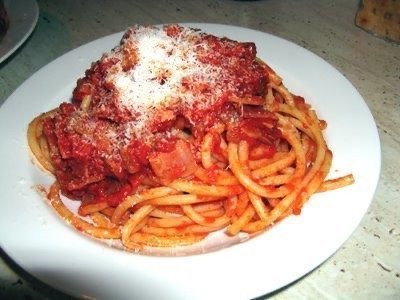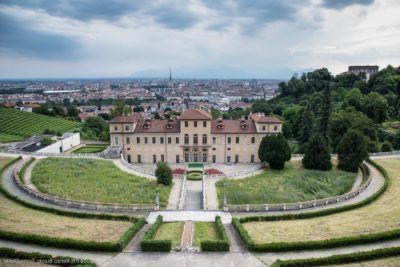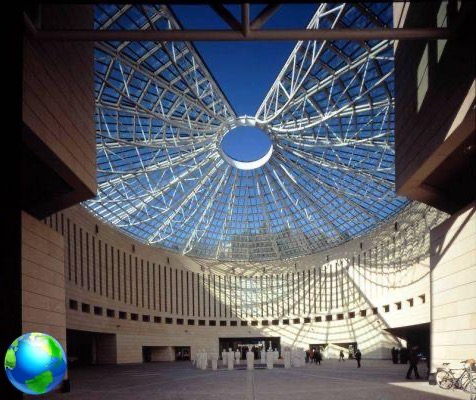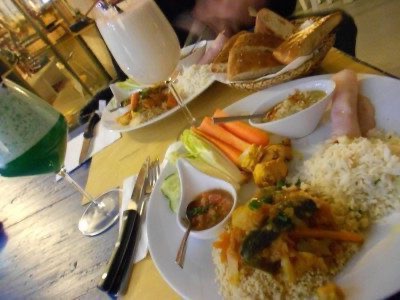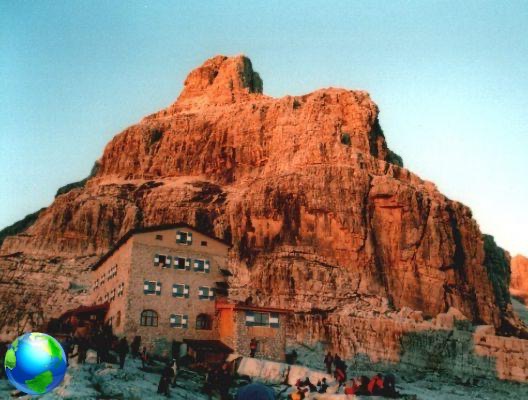A journey to discover the Val Pesarina, in Carnia. A trip to unspoiled places where nature, good food and silence are a perfect mix for a low cost holiday.
Over the weekend of April 25th just passed we headed to Friuli Venezia Giulia and more precisely to Val Pesarina, a blog tour promoted by Gal Euroleader for the promotion of this territory as a tourist destination.
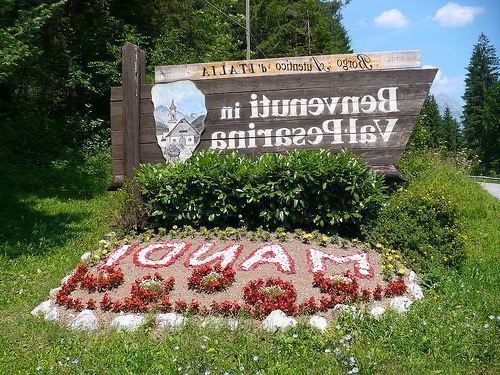
Mindful of the last experience in Trentino (of a decidedly adventurous type between canyoning and rope descents) this time I aimed at choosing a slower blog tour. In two days we had the opportunity to visit the territory of Prato Carnico, wander around the Val Pesarina, discover the town of Pesariis and above all taste the typical dishes of the area in general.
For two nights I was a guest of the Sot la Napa farmhouse, a beautiful 600th century building in Carnic and Venetian style, totally renovated and I admit it had its charm. Located in the center of the small town, it also acts as a restaurant and I can guarantee you that the care with which Mrs. Eliana and her daughters prepare the various dishes impresses with its goodness. The fire lit in the center of our room then gave it a typically mountain touch. There was no lack of typical dishes such as i Blenc or Crjascion, really curious first courses but I want to tell you more about eating in Carnia.
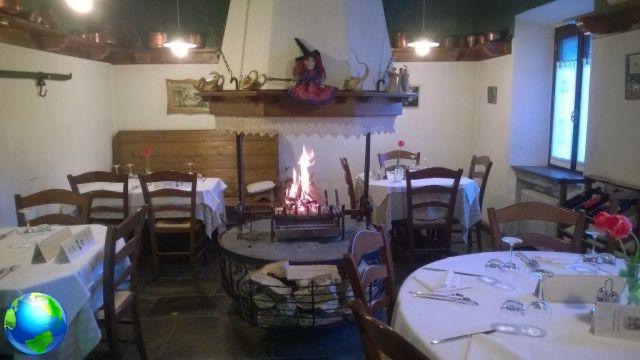
Carnia is a mountainous area of the Friuli Venezia Giulia which has experienced alternating historical events and its proximity to Austria has contaminated it at least in the dialect in some areas. However, the one spoken in Prato Carnico or Pesariis, for example, is a variant of the Friulian one and hearing them conversing with each other, young and old, made me feel a little envious thinking of our Romagnoli boys who think of the local dialect is perhaps a foreign language. The forests of these valleys were fundamental for the palaces and ships of Venice and thanks to the presence of quality timber, Carnia experienced a golden age.
The weather on the weekend was not exactly the best and it was a shame not to be able to photograph the still snow-capped peaks around the valley, however the natural environment, the forests and the busy schedule did not really make us weigh this lack too much. The impression I had is that of having found myself in an environment yet to be discovered and to be discovered by a larger number of tourists which, however, are not lacking in the summer, at least in the summer months. It is a place of silence and it is no coincidence that it is highly appreciated for those seeking to escape from the stressful life of cities like Milan or Bologna.
Val Pesarina is also called the valley of time and the whole village of Pesariis is a kind of open-air museum with large and small clocks, many of them truly striking in size or theme. Arriving in the afternoon of April 24th I was more fortunate than the other colleagues to be able to photograph some with a sky still clear of clouds and a light that enhanced the drawings.
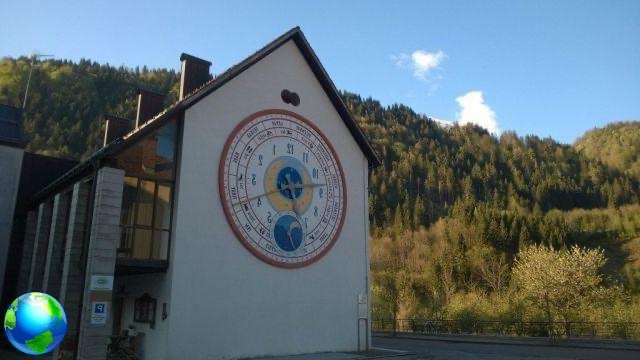
We also visited the little one clock museum where we were told about the great tradition of bell tower clocks present in the valley since 1500 and we finally wandered through the most suggestive streets where the most particular clocks are installed.
On Friday morning we walked to the stavoli of Orias, or rather pretty wooden houses that were once used as shelters for the cows that had to go to the mountain huts. Some of them are still perfectly 'working' today, but many of them have now become second homes. Those of Orias are among the nicest as they are different and have created a sort of village.
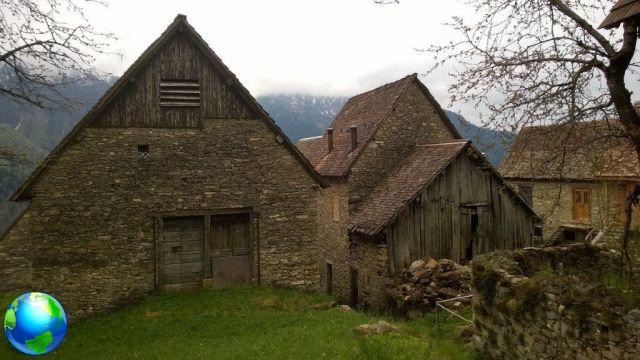
In the afternoon they accompanied us to the hamlet of Osais to pay a visit to the church of San Bartolo and to the frescoes of the XNUMXth century apse made by Pietro Fuluto, and it was very interesting to hear the customs and life of that time from 'Bepin', an inhabitant of that hamlet who for a afternoon he served as a guide.
We then visited the House of the People, one of the first places in Italy where cooperativism was born. Sunday morning we dedicated it to the discovery of Sauris, but as they say in these cases both the food I tasted and the visit to Zahre (aka Sauris), I will tell you about it in the next posts because both themes deserve greater attention.




